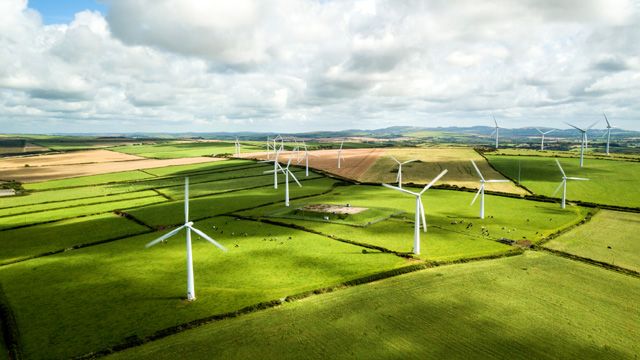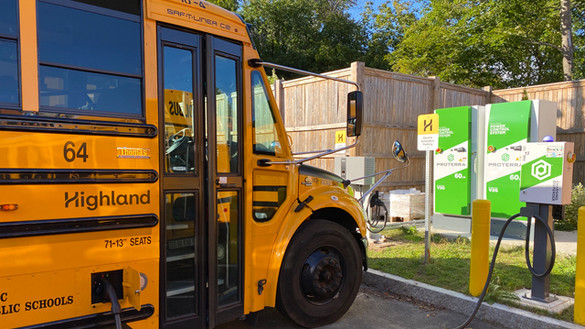
ESO: Future Energy Scenarios for the next 30 years
With a UK target of net zero by 2050, our new report outlines four pathways for energy over the next 30 years. With input from over 600 experts, it looks at where energy could come from, potential changes needed and their impact on consumers and industry.
Our Future Energy Scenarios (FES) outline four different, credible pathways for the future of energy over the next 30 years. Based on input from over 600 experts, the report looks at the energy needed in Britain, across electricity and gas - examining where it could come from, how it needs to change and what this means for consumers, society and the energy system itself.
Three of the four FES scenarios modelled show Great Britain reaches net zero carbon emissions by 2050 or earlier, but make clear this requires immediate action across all key technologies and policy areas, with fundamental changes for energy consumers, particularly in transport, heating and energy efficiency.
It’s estimated there will be over 11 million electric vehicles on British roads by 2030 (and over 30m by 2040) in the most stretching net zero scenarios. By 2050 up to 80% of households with an EV will be ‘smart charging’ their car, plugging in outside of the evening peak when energy is cheaper and demand on the grid is lower. 45% of homes will actively help to balance the grid, offering up to 38GW of flexible electricity to help manage peaks and fill troughs in demand.
Energy efficiency of housing also features strongly with fundamental changes in how houses are heated in all the net zero scenarios. 2050 could see homes no longer using natural gas boilers and 20 million heat pumps instead, with as many 8 million homes actively managing their heating demands by storing heat and shifting their use outside of peak periods.
The analysis shows significant changes for the energy system too with emissions from the sector negative by 2030. This is generated by 40GW of offshore capacity and using Bioenergy with Carbon Capture and Storage, and the scaling up non-traditional sources of flexibility such as demand side response and storage.
The full extent of COVID-19 became apparent too late to be factored into the analysis and will be examined fully in FES 2021.
Our Head of Strategy, Mark Herring, adds: “This year’s Future Energy Scenarios paint an exciting picture of net zero Britain with electricity playing a crucial role in meeting meet the 2050 emissions targets.
“Although these are not firm predictions, we’ve talked to over 600 industry experts to build this insight and it’s clear while net zero is achievable, there are significant changes ahead.
“Across all scenarios, we see a growth in renewable energy generation, including significant expansion in installed offshore wind capacity. There is a widespread uptake in domestic electric vehicles, and growth and investment in hydrogen and carbon capture technologies too.
“Our new analysis of the level of societal change needed to achieve net zero also shows that consumers need greater understanding of how their energy use impacts the wider system, and how changes to their lifestyle have an impact on net zero ambitions.
“While COVID19 came too late to be factored in to this year’s analysis many of the areas highlighted will be crucial in a green recovery from the pandemic, particularly improving energy efficiency across all sectors and significant investment in low carbon electricity generation.
“There is already significant progress being made towards net zero, including ESO planning to operate a zero-carbon electricity system by 2025, but the fundamental changes outlined make it more important than ever to have a coordinated approach to decarbonizing the whole energy sector.
“We look forward to hearing feedback on this year’s report.”


